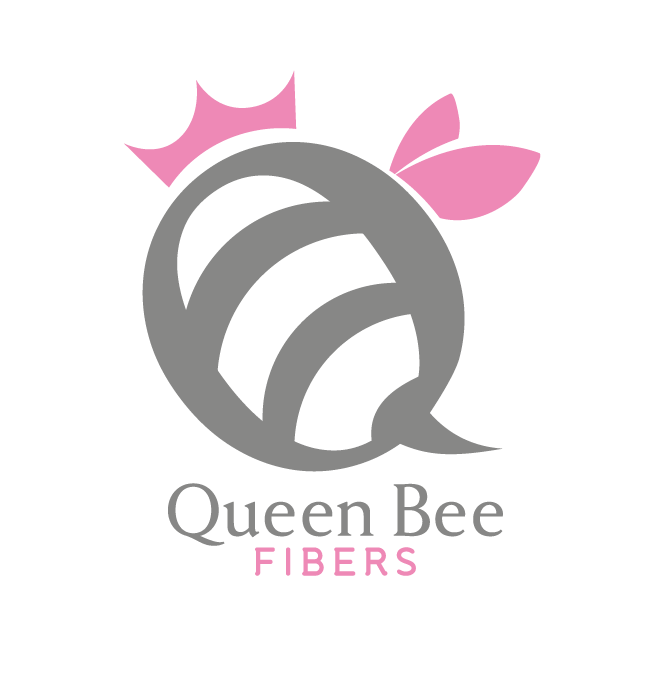Corriedale
“Michelle”
Photo courtesy of Val Fiddler
Their fleece ranges from 10-20 pounds (averaging 12lbs) with an average of 50% weight loss from washing.
The fiber has an average staple length of 3.5”-6.0”.
Woolen
Prep- Washed, rinsed twice. Teased then carded 3x into rolags. Spun woolen using a long draw.
The fiber felt a little sticky even after my prep, next time I would scour it. The fiber was really clean but whatever vegetable matter that was present fell out during teasing. When I was rolling up the fiber into rolags I had a lot of difficulty due to the long staple length so I used a dowel to try and make them tighter. Once the fiber was in rolags it did stay together nicely. Due to the stickiness of the fiber I did find it hard to control the fiber during the drafting. This made the finished yarn more inconsistent then I would have hoped. The staple length of the Corriedale fiber makes it best suited for a worsted prep.
Suggested end use: I think the woolen yarn would make a great warm sweater or blanket. I think because of its length it wouldn't pill as much as other breeds spun woolen.
Worsted
Prep- Dip washed, rinsed twice. Teased then combed. Spun worsted using a short forward draw.
The fiber was fairly clean but there was some vegetable matter present, mostly hay and straw. Most of the debris fell out while teasing and combing the fiber but I did hand pick out the larger pieces of hay. The tips of the fiber was also a little felted. The fibers had a very long and uniform staple length making spinning worsted easier. I found the fiber easy to draft after the tips were opened up after combing. The yarn is very consistent and once the yarn was washed the fiber bloomed and had a really nice finished look and feel.
Suggested end use: I think the worsted yarn would make a great textured cardigan or outwear sweater with cables or some kind of interesting stitch pattern. I think the worsted yarn would have excellent stitch definition.











